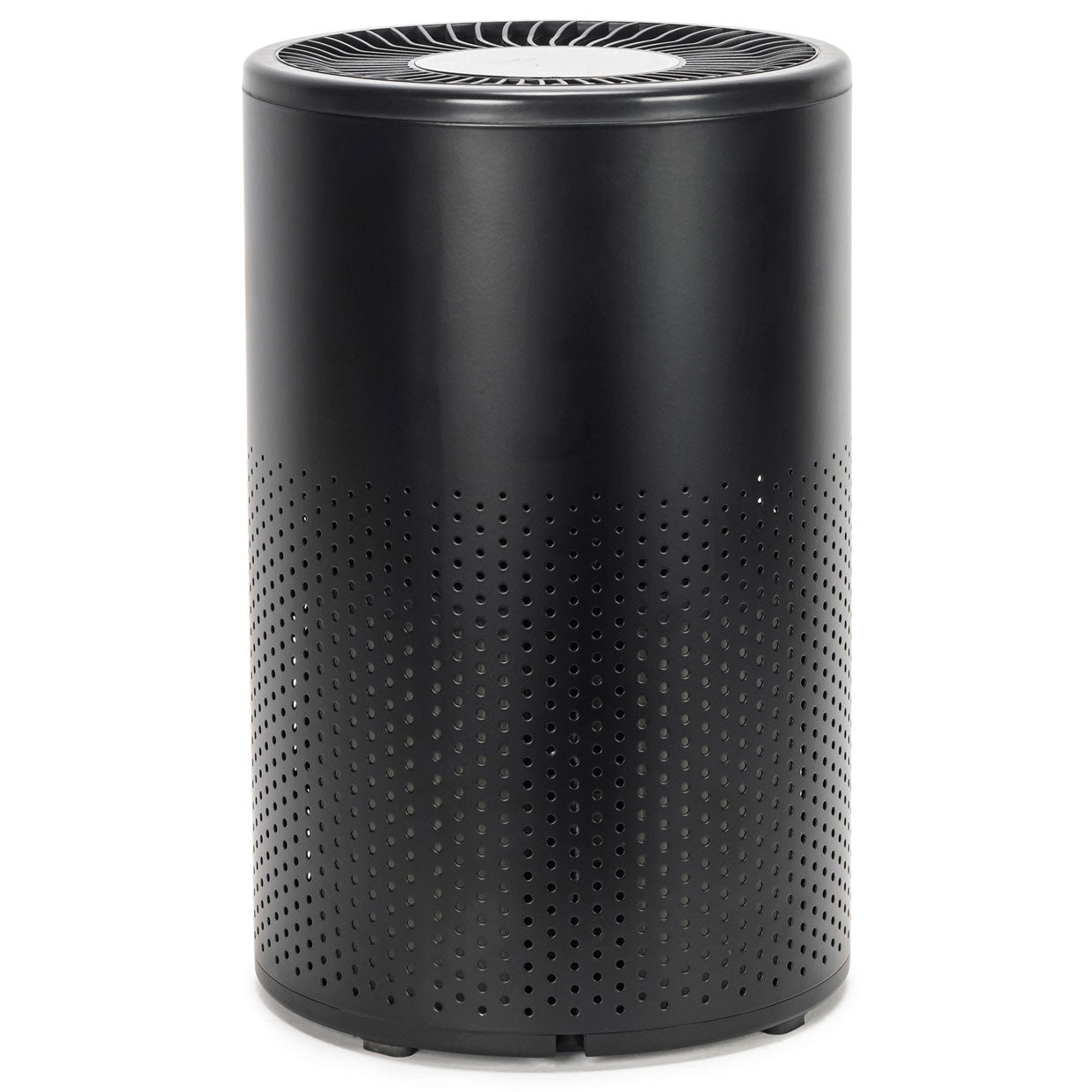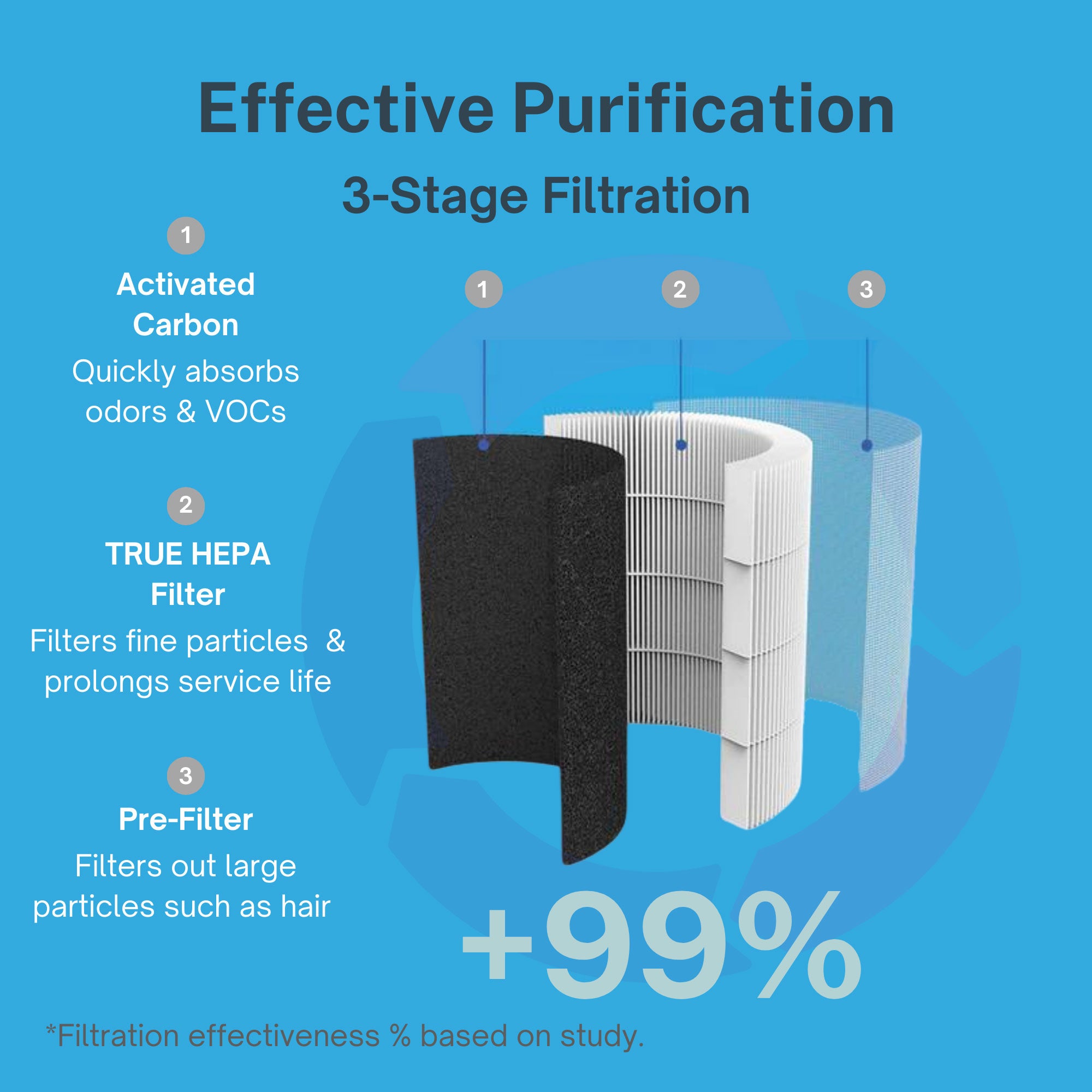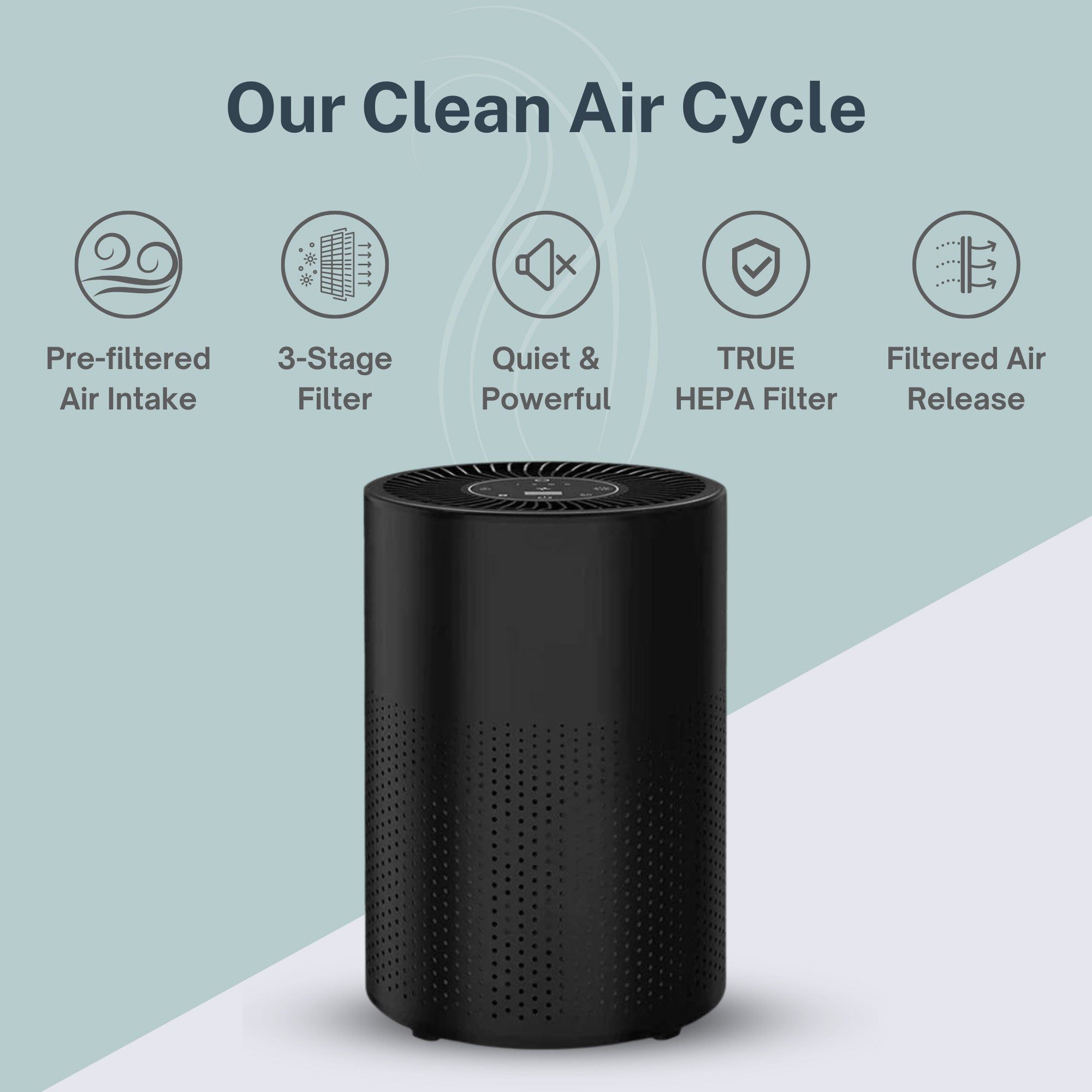More than 25,000 residents across three Canadian provinces fled their homes in June 2025 as dozens of active wildfires created dangerous air quality conditions extending into multiple U.S. states. Manitoba declared a state of emergency while evacuating 17,000 people, Saskatchewan relocated 8,000 residents with numbers expected to climb, and Alberta evacuated 1,300 people as firefighting resources stretched to capacity.
The massive evacuation represents one of the largest displacement events in Manitoba since the 1990s, with entire communities like Flin Flon's 5,000 residents forced to abandon their homes as fires jumped provincial boundaries. Emergency officials warned that air quality and visibility conditions could "fluctuate over short distances and vary considerably from hour to hour" as smoke blanketed communities across central Canada.
Emergency Resources Overwhelmed by Scale of Crisis
Saskatchewan Premier Scott Moe acknowledged that resources to fight fires and support evacuees were "stretched thin" as the province coordinated assistance from multiple U.S. states including Alaska, Oregon, and Arizona. The U.S. Department of Agriculture's Forest Service deployed an air tanker to Alberta and committed 150 firefighters with equipment to support Canadian firefighting efforts.
"The next four to seven days are absolutely critical until we can find our way to changing weather patterns, and ultimately a soaking rain throughout the north," Moe stated during a Saturday news conference, emphasizing the urgent need for weather conditions to change before fire situations could improve.
Water bomber aircraft faced intermittent grounding due to heavy smoke and drone incursions that interfered with aerial firefighting operations. The combination of hot, dry weather conditions allowed fires to grow rapidly and threaten multiple communities simultaneously, overwhelming traditional firefighting capacity.
Emergency evacuation centers opened across Manitoba, with some facilities located as far south as Winkler, just 12 miles from the U.S. border. Winnipeg opened public buildings for evacuees as hotels filled beyond capacity with fire refugees, vacationers, business travelers, and convention attendees.
Indigenous Communities Face Particular Hardships
Assembly of Manitoba Chiefs Grand Chief Kyra Wilson highlighted the severe displacement conditions affecting Indigenous evacuees, describing families sleeping on floors and waiting in hallways as accommodation shortages created additional hardship during the emergency.
"It's really sad to see our children having to sleep on floors. People are sitting, waiting in hallways, waiting outside, and right now we just need people to come together. People are tired," Wilson said during a news conference calling for government intervention to prioritize evacuee accommodation.
Indigenous leaders requested that government officials direct hotel owners to give evacuees priority access to available rooms as the housing crisis intensified. The evacuation disproportionately affected remote Indigenous communities with limited evacuation route options and fewer resources for extended displacement.
Manitoba's northern community of Cranberry Portage faced mandatory evacuation for 600 residents after fire knocked out power infrastructure. These smaller communities experienced complete service disruptions that made sheltering in place impossible, forcing total population relocation.
Cross-Border Air Quality Impacts Spread South
Wildfire smoke crossed into U.S. territory, creating "unhealthy" air quality levels in parts of North Dakota, Montana, Minnesota, and South Dakota according to EPA AirNow monitoring. National Weather Service meteorologist Bryan Jackson warned Americans to "expect at least a couple more rounds of Canadian smoke to come through the U.S. over the next week."
Saskatchewan's Public Safety Agency emphasized that "as smoke levels increase, health risks increase," particularly for vulnerable populations including children, elderly residents, and individuals with respiratory conditions. The transboundary nature of wildfire smoke demonstrated how environmental emergencies in one country can quickly affect neighboring regions.
Air quality conditions proved especially dangerous because of their unpredictable fluctuations over short distances and time periods, making it difficult for residents to plan protective measures. The smoke reduced visibility and created hazardous driving conditions on major highways throughout affected regions.
U.S. communities along the Canadian border experienced firsthand how international wildfire events can create local air quality emergencies requiring immediate health protection measures for sensitive populations.
Weather Patterns Critical for Fire Suppression
Hot, dry weather conditions allowed fires to grow rapidly and jump natural boundaries, with the fire threatening Flin Flon originating near Creighton, Saskatchewan, before quickly crossing into Manitoba. Firefighting crews struggled to contain blazes under these adverse weather conditions that promoted fire spread.
Strong gusty winds of 15-20 mph combined with steep terrain created additional challenges for firefighters, particularly in areas like Idaho where a separate fire burned at least 100 acres and destroyed structures. Wind patterns also determined smoke transport directions, affecting air quality in communities hundreds of miles from active fire zones.
The next several days remained critical for fire suppression efforts, with officials desperately hoping for "soaking rain throughout the north" to help contain active blazes. Weather forecasters monitored atmospheric conditions closely to predict both fire behavior and smoke transport patterns affecting evacuation and air quality planning.
Climate patterns contributing to extended dry conditions created the underlying conditions for severe fire seasons, with Canada's worst wildfire season occurring in 2023 when dangerous smoke affected much of North America for months.
Protecting Health During Prolonged Smoke Events
Extended wildfire smoke exposure creates serious health risks that go beyond temporary respiratory irritation, particularly for evacuees and residents in affected border communities who may face weeks of poor air quality conditions. Fine particulate matter in wildfire smoke penetrates deep into lungs and enters the bloodstream, causing systemic health impacts.
Emergency officials advised residents to monitor air quality conditions hourly and take protective measures when smoke levels increased. However, standard recommendations like staying indoors and closing windows provide limited protection during severe, prolonged smoke events when fine particles infiltrate buildings.
Professional air purification becomes essential for families dealing with extended wildfire smoke exposure, particularly vulnerable individuals who cannot evacuate to cleaner air locations. Advanced filtration systems remove fine particulates that cause the most serious health impacts during major smoke events.
The scale and duration of the 2025 Canadian wildfire crisis demonstrated that communities need comprehensive air quality protection strategies rather than temporary emergency measures when facing prolonged environmental health threats.
Prepare for Extended Air Quality Emergencies
The 2025 Canadian wildfire evacuation crisis shows how quickly environmental emergencies can displace thousands of people while creating air quality threats across vast geographic areas. While evacuation may be necessary for communities directly threatened by fires, most families will face prolonged poor air quality that requires comprehensive indoor protection strategies.
Waiting for emergency warnings to develop protective measures leaves families vulnerable to serious health impacts from fine particulate matter and toxic gases in wildfire smoke. Proactive preparation includes advanced air purification systems capable of maintaining healthy indoor air quality throughout extended smoke events.
Don't wait for the next wildfire season to threaten your family's health with dangerous air quality conditions that can persist for weeks or months. Learn from the 2025 Canadian crisis and invest in the comprehensive indoor air quality protection that ensures your home remains a safe haven regardless of external environmental emergencies.

























































